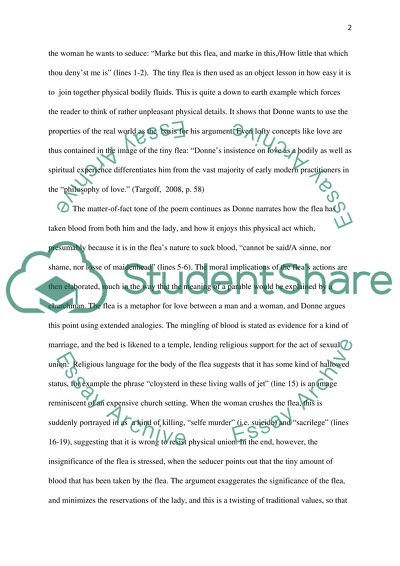Cite this document
(“John Donnes poem The Flea and Andrew Marvells Essay”, n.d.)
Retrieved from https://studentshare.org/literature/1422697-to-compare-and-contrast-john-donne-s-poem-the-flea
Retrieved from https://studentshare.org/literature/1422697-to-compare-and-contrast-john-donne-s-poem-the-flea
(John Donnes Poem The Flea and Andrew Marvells Essay)
https://studentshare.org/literature/1422697-to-compare-and-contrast-john-donne-s-poem-the-flea.
https://studentshare.org/literature/1422697-to-compare-and-contrast-john-donne-s-poem-the-flea.
“John Donnes Poem The Flea and Andrew Marvells Essay”, n.d. https://studentshare.org/literature/1422697-to-compare-and-contrast-john-donne-s-poem-the-flea.


